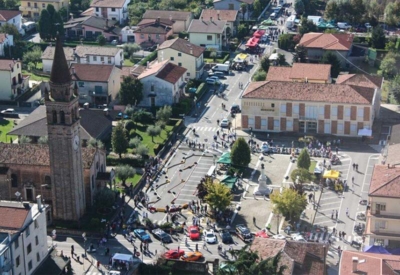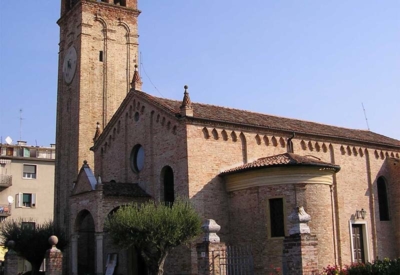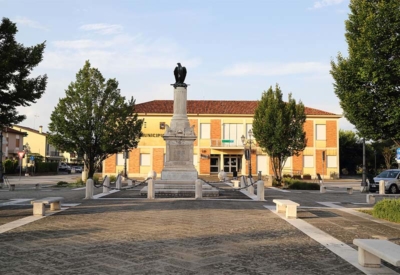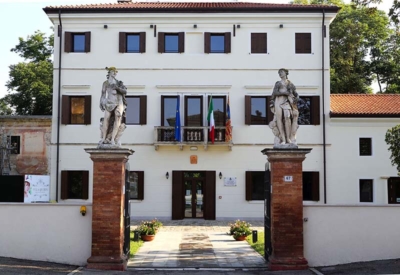PIANIGA
Situated between the Brenta Riviera and Mirano (in the flat area of the ‘grid’ layout), the town owes its importance to agriculture (with the estates of nobles from Venice and Padua often farmed by sharecroppers) and later to development of crafts and industry. Some of the products from Pianiga vegetable gardens, including peas, still have their own typical festivals.
ts origins date back to the Middle Ages, and records of activities in the area (and nearby Mellaredo and Cazzago) and the foundation of the church dedicated to St. Martin date back to the 12th century. This church has been remodelled over the centuries and recently restored, and still contains remarkable bas-reliefs and paintings from the 1500s and 1600s, together with an interesting baptistery. It is one of the best-preserved churches in the area. The present-day rectory was part of a 16th century agricultural manor and Venetian homes include Villa Rizzi and others.
Worth Visiting
Villa Querini Calzavara Pinton, an 18th-century building purchased and restored by the municipality to house the town library
The Church of Pianiga, a church dedicated to St. Martin of Tours, is one of the oldest religious buildings in the metropolitan area of Venice, dating back to the 13th century. It is an example of Romanesque architecture with clear Gothic influences




